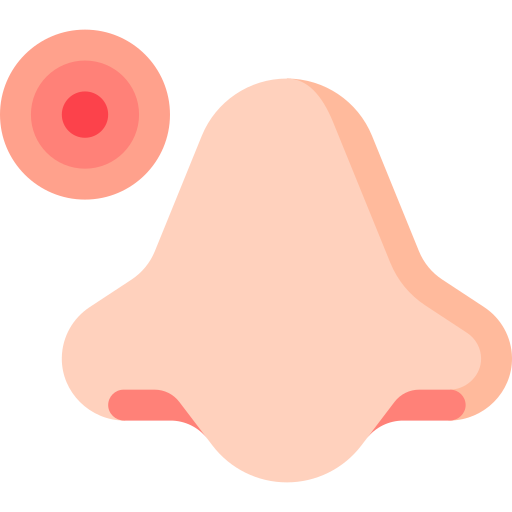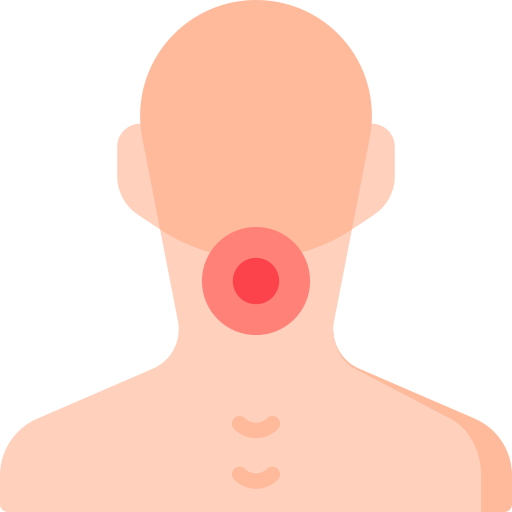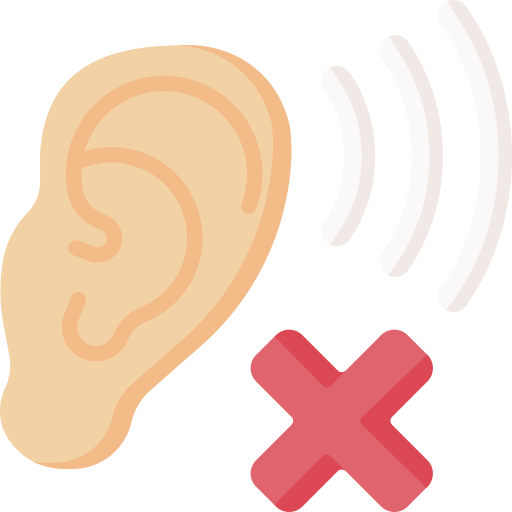Head & Neck Cancer

Head and neck cancer are the world’s No 7 most common cause of cancer-related deaths. Every year, more than 660,000 new cases are diagnosed and 325,000 die from it.
Head and neck cancer is complex to diagnose because it can affect different parts of the head and neck
Malignant tumours can occur anywhere among these:
- Voice box or larynx
- Nasal cavity, the passage behind the nose that air passes through it on its way to the throat during breathing
- Mouth or oral cavity
- Paranasal sinuses, spaces around the nose, lined with cells that make mucus that keeps the nose from drying out.
- They are also a space that allows your voice to echo when you talk or sing.
- Throat or pharynx
- Salivary glands, the glands that make saliva, which keeps food moist and helps dissolve food
Look out for symptoms here:

Congestion, pain and bleeding, loss of smell

Ulcers, white patches

Pain, difficulty with swallowing, hoarseness, swelling in tonsils

Swelling, difficulty with swallowing, lump in the neck

Hearing loss, tinnitus, ear blockage, discharge both foul-smelling or odourless, facial weakness
Symptoms don’t necessarily indicate cancer so it’s recommended to consult an ENT specialist to determine the cause of discomfort.

Smoking and drinking can increase risk of Head and neck cancer
Head and neck cancer is more common among men than women. It also affects more people aged 50 and older.
Mouth, throat and voice box are the more common forms of head and neck cancer, while paranasal, nasal cavity and salivary gland occur less frequently.
So do the following:
- Excessive UV exposure
- Radiation
- Inhalation of wood or nickel dust
- Poor oral hygiene
- HPV infection
How an ENT specialist diagnoses head and neck cancer
During a consultation, your ENT specialist will discuss your medical history and symptoms, after which a physical examination will be done to assess any masses and swollen lymph nodes, as well as nose, mouth, tongue, throat and gums.
Other follow-up tests may involve the following:
- CT/PET/MRI scans to locate a suspected tumour.
- Biopsy to assess if a tumour is malignant.
- Endoscopy to examine abnormal tissues.
- Staging to determine if cancer has spread to other parts of the body.
Treatment options for head and neck cancer
This depends on the severity of your cancer, age, and health condition. Options include surgery, radiation therapy, chemotherapy, targeted therapy, immunotherapy, or a combination of treatments.
Head and neck cancer is generally considered treatable and curable. The 5-year survival rate of patients with head and neck cancer is nearly 60%.
